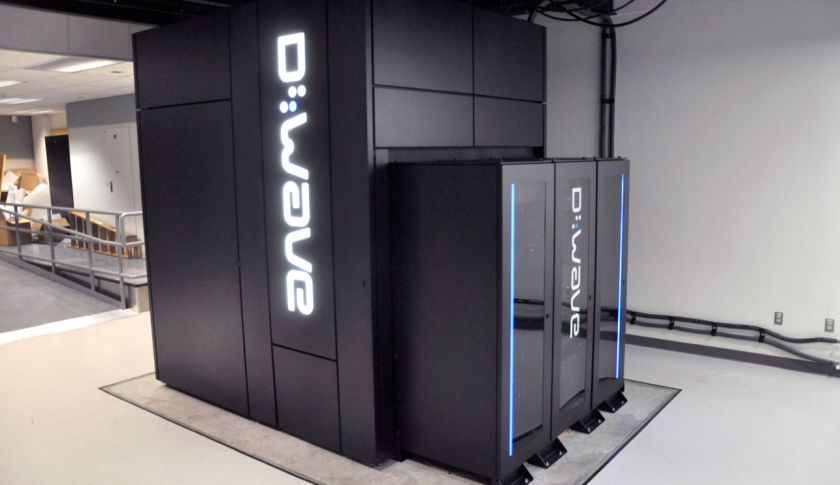-
Tips for becoming a good boxer - November 6, 2020
-
7 expert tips for making your hens night a memorable one - November 6, 2020
-
5 reasons to host your Christmas party on a cruise boat - November 6, 2020
-
What to do when you’re charged with a crime - November 6, 2020
-
Should you get one or multiple dogs? Here’s all you need to know - November 3, 2020
-
A Guide: How to Build Your Very Own Magic Mirror - February 14, 2019
-
Our Top Inspirational Baseball Stars - November 24, 2018
-
Five Tech Tools That Will Help You Turn Your Blog into a Business - November 24, 2018
-
How to Indulge on Vacation without Expanding Your Waist - November 9, 2018
-
5 Strategies for Businesses to Appeal to Today’s Increasingly Mobile-Crazed Customers - November 9, 2018
NASA, Google reveal quantum computing leap
Claimed to be the “world’s first commercial quantum computer,” the device sits at NASA’s Ames Research Center in Mountain View, California, where it’s coded to tackle optimization problems that quantum computers are supposed to be good for.
Advertisement
Google said it has proof that this machine really can use quantum physics to work through a type of math that is crucial to artificial intelligence much faster than a conventional computer.
Google’s interest in the D-Wave machine, which has also been invested in by Microsoft and IBM, is due to the huge power quantum computers could potentially unlock.
“NASA has a wide variety of applications that can not be optimally solved on traditional supercomputers in a realistic timeframe due to their exponential complexity, so systems that use quantum effects… provide an opportunity to solve such problems”, said Rupak Biswas, director of exploration technology at NASA Ames.
At an event held by NASA recently, Google and NASA recently gave an initial glimpse to what could be the future of computing by using quantum computers. To be sure, current computing technologies allow multiple cores to be run in parallel, so it’s not as if these tests showed that the D-Wave 2X quantum annealer is hundred million times more powerful than today’s computers. The annealer uses an algorithm created to solve so-called “optimisation problems” – essentially operational problems or questions common in artificially intelligent software.
The test, which involved finding out optimized solutions from a number of solutions, was carried out on a traditional computer and the D-Wave Machine. “It is more than 10 times faster than simulated annealing running on a single core”, Hartmut Neven, Director of Engineering with the Google Quantum AI team wrote on the Google Research Blog.
“We have already encountered problems we would like to solve that are unfeasible with conventional computers”, John Giannandrea, an engineering vice president at Google, said at a press conference Tuesday.
Google’s results are striking-but even if verified, they would only represent partial vindication for D-Wave.
But Google continues to work with NASA on quantum computing, and meanwhile Google also has its own quantum computing hardware lab. This means the system can calculate all possible values in a single operation, opening up the ability to make far shorter work of computations that would otherwise take thousands of years. Neven said that journal publications would be forthcoming.
Google qualified these results as “intriguing and very encouraging” in its announcement, though the company has a long way to go before this research is ready for the consumer market. These systems tap into the seemingly magical properties of quantum mechanics, the field of science that deals with how atoms and other tiny particles work.
Advertisement
But it’s still fast, and we are in early, early days of quantum computing. Manipulating optimization problems to become suitable for the quantum computer is not an easy task, and only a few know how to do it. This group is open to IT Leaders, MIS & IT Managers, Network & Infrastructure Managers who share insights, discuss challenges & wins and keep abreast of cutting edge technologies.




























